
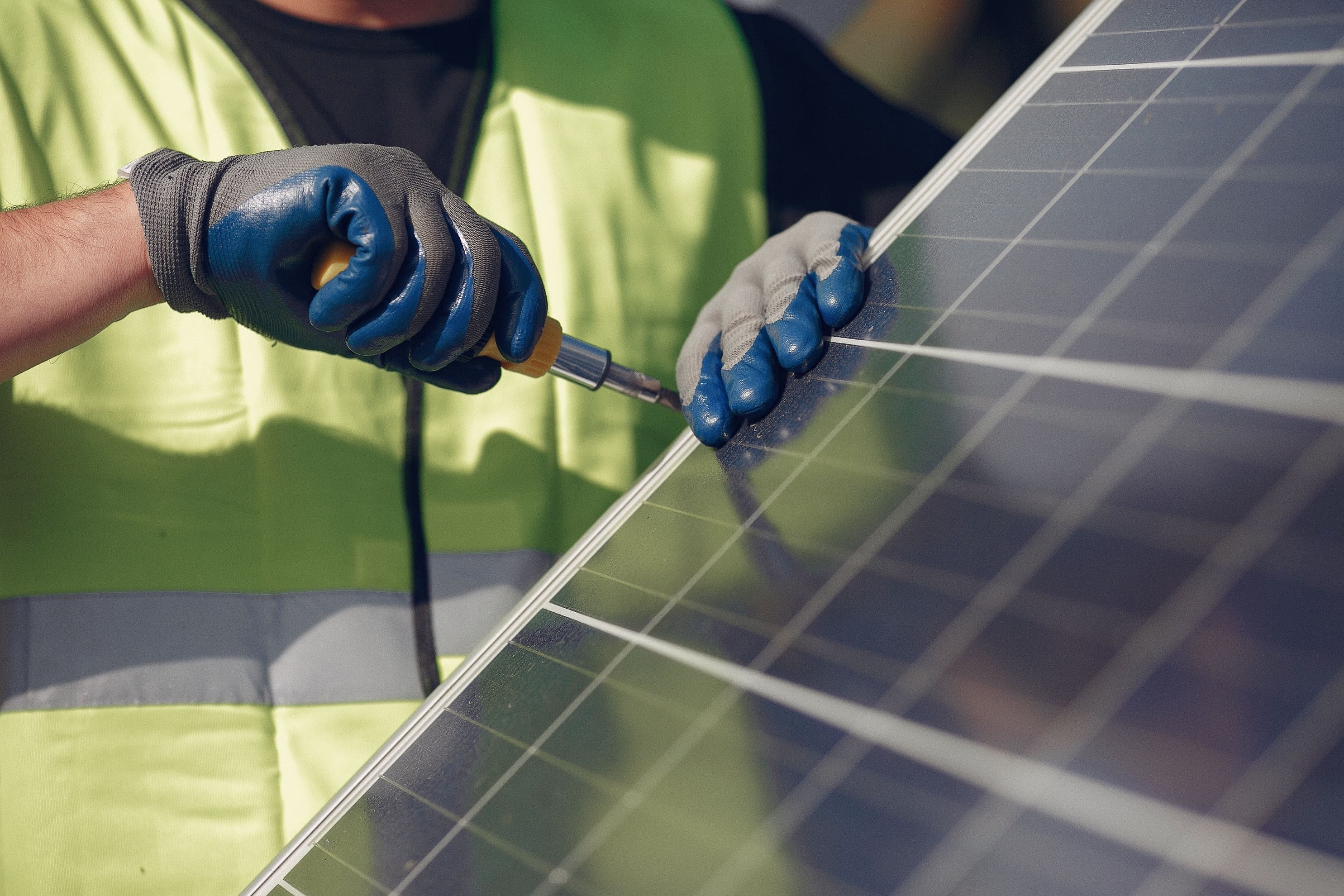
Can you install solar panels yourself? Yes, DIY solar panel installation is achievable for homeowners comfortable with roofing work and basic electrical tasks. The essential tools needed include a power drill/driver with torque settings, safety harness for fall protection, measuring equipment (tape measure, level, chalk line), ladder rated for roof access, power saw for cutting rails, wire strippers and cutters, EMT conduit bender for proper wire management, fish tape, caulking gun with roof sealant, and solar panel hangers. Most tools are standard home improvement equipment, with few specialized items required.
How long does DIY solar installation take? A two-person team typically completes installation in 1-3 weekends, depending on system size and experience level.
What safety equipment is required? Critical safety gear includes ANSI Z87.1-approved safety glasses, safety harness for heights above six feet, work gloves, safety helmet, and slip-resistant steel-toe boots.
Key installation tip: Always use a torque driver (not an impact driver) when tightening module clamps to prevent cracking the panel glass. Verify all tools and materials are on the roof before starting to minimize ladder trips.
Cost savings: DIY installation eliminates professional labor costs, potentially saving thousands of dollars while still qualifying for solar tax credits and reducing monthly electricity bills.
This guide covers the complete tool list, safety requirements, and best practices for successfully installing your own renewable energy system.
Here's what you'll need to have ready for your solar system installation:
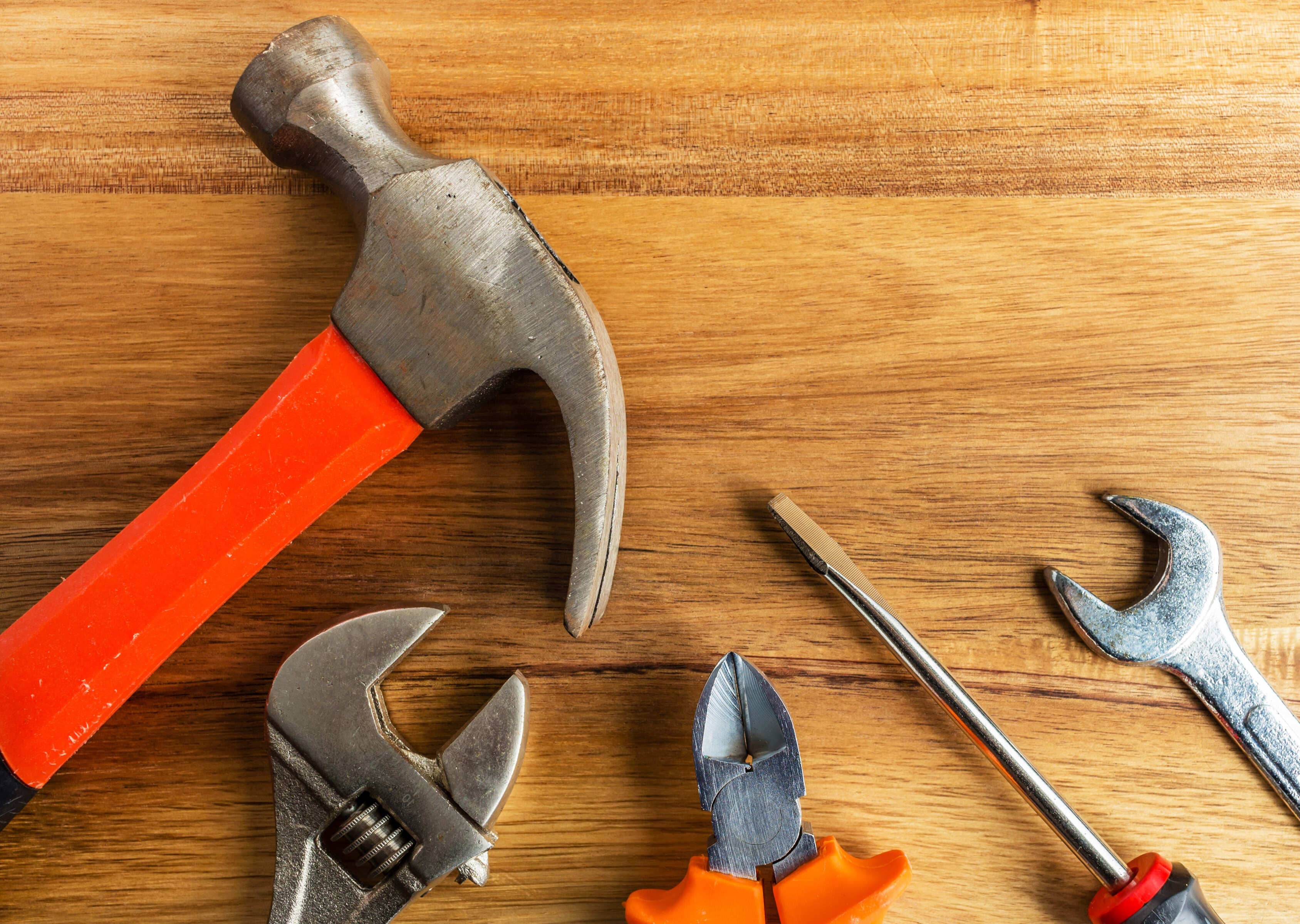
Much of the equipment and supplies needed for solar panel installation will be useful for various other home projects. Our recommended tools and their applications include:
Screwdriver: Securing grounding lugs
Pliers: Handling copper grounding wire
Hammer: Often more effective than electronic stud finders for locating roof rafters
Knife or blade: Opening roof sealant tubes (if your caulking gun lacks a built-in cutter)
Rags: Cleaning excess roof sealant
EMT conduit bender: While pre-bent conduit pieces might suffice, you'll probably need to create at least one custom angle
Channel locks: Securing conduit connections
Fish tape: Running wires through walls and electrical conduit
Wire cutters and strippers: Essential if you're handling the electrical wiring yourself rather than hiring a professional. These tools help you complete wiring tasks efficiently.
Sunscreen: Outdoor work demands proper sun protection! Purchase and apply sunscreen rated SPF 30 or higher, reapplying regularly to your arms, legs, face, and neck.
Expert advice: Verify you have everything before ascending the ladder to minimize trips up and down. The initial climb feels manageable, but after your tenth ascent, you'll regret inadequate preparation!
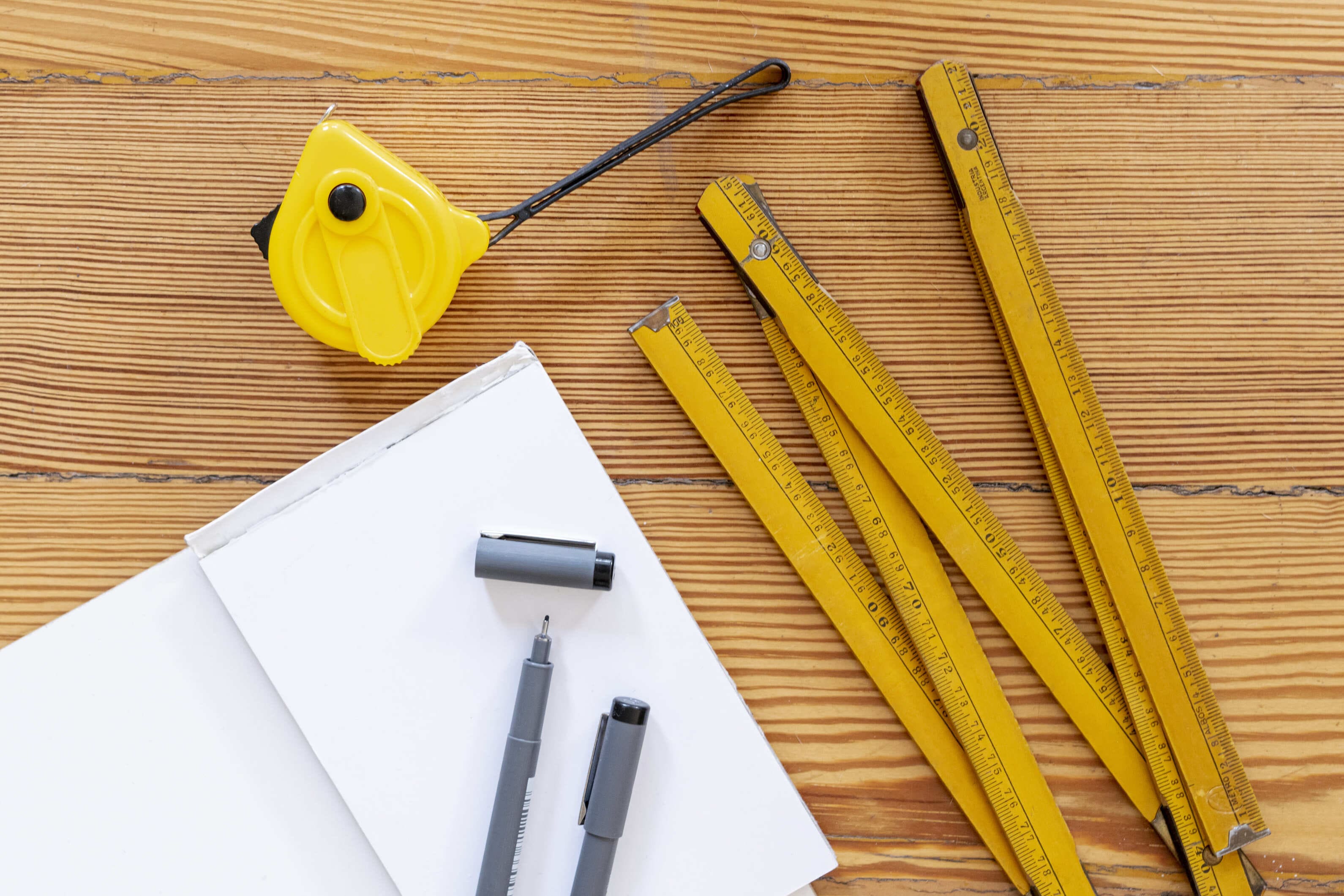
Your neighbors (and potentially your homeowners association) will thank you for installing panels that are properly aligned and level. You'll need a tape measure, chalk line, string line, level, and squaring tool on the roof to achieve this.
Solar panel installation involves lifting, climbing, and cutting. Using proper safety equipment is essential for protecting yourself and others nearby.
Safety harness: Working on rooftops significantly increases fall risk and potential for severe injury. For work at six feet or higher, we highly recommend using a safety harness.
Safety glasses: These protect your eyes from intense sunlight and debris that could cause injury or accidents. Safety glasses should be ANSI Z87.1 certified and impact resistant.
Gloves: Enhance grip and protect against cuts and abrasions.
Safety helmet: For work above six feet, head protection is wise in case of falls.
Protective footwear: Proper shoes are crucial when climbing ladders and working on potentially slick roof surfaces. Select steel-toe boots with slip-resistant soles for optimal traction.
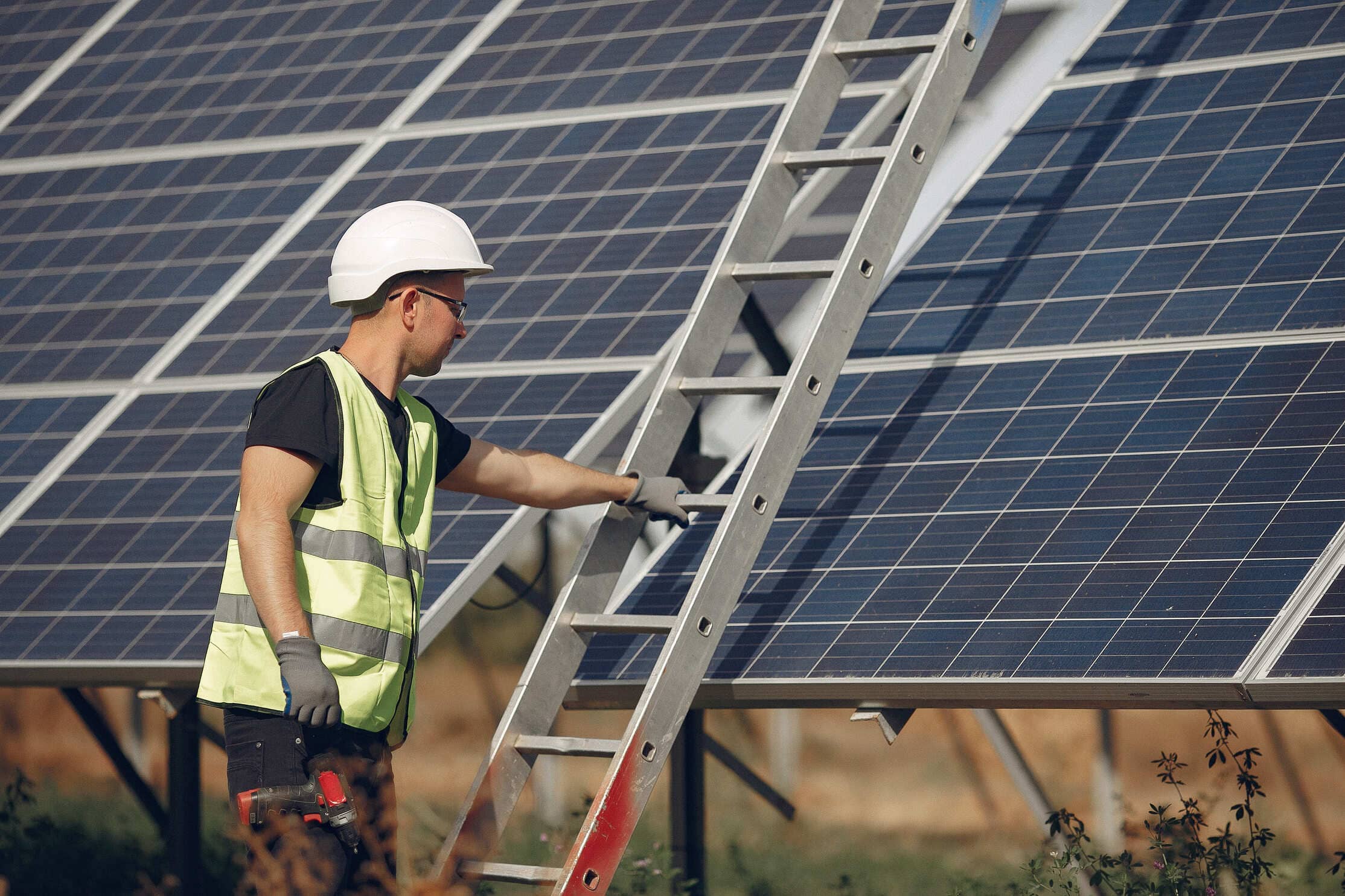
If your ladder hasn't been used recently, check that it's stable and doesn't need repairs. Ensure your ladder is sturdy and tall enough to safely reach your roof with extra length to spare. If you're using the top rung, you need a taller ladder.
Additionally, avoid using wooden ladders!
Power tools for rooftop work include a drill/driver for creating pilot holes, installing lag screws, and securing racking bolts.
When fastening module clamps, use a torque driver with adjustable settings rather than an impact driver. Over-tightening clamps can crack the panel glass.
Additionally, ensure you have the proper drill bit and socket sizes in your tool belt. Note that different racking components may require different socket sizes, and some may need deep well sockets.

An electric saw is necessary for cutting rails. A portable band saw works excellently, though nearly any saw will work. Most installers cut rails after panels are mounted, so select a saw that provides sufficient control to cut rails without damaging the roof.
Panel mounting hangers are relatively new tools that help you hold and position 50-pound solar panels while on rails, minimizing the chance of panels sliding off your roof (which would definitely ruin your day).
Cordless tools are ideal when available. If using corded tools, ensure your extension cords are sufficiently long to reach safely.
This specialized tool breaks shingle seals, allowing you to slide flashing underneath when lifting shingles to install mounting hardware.
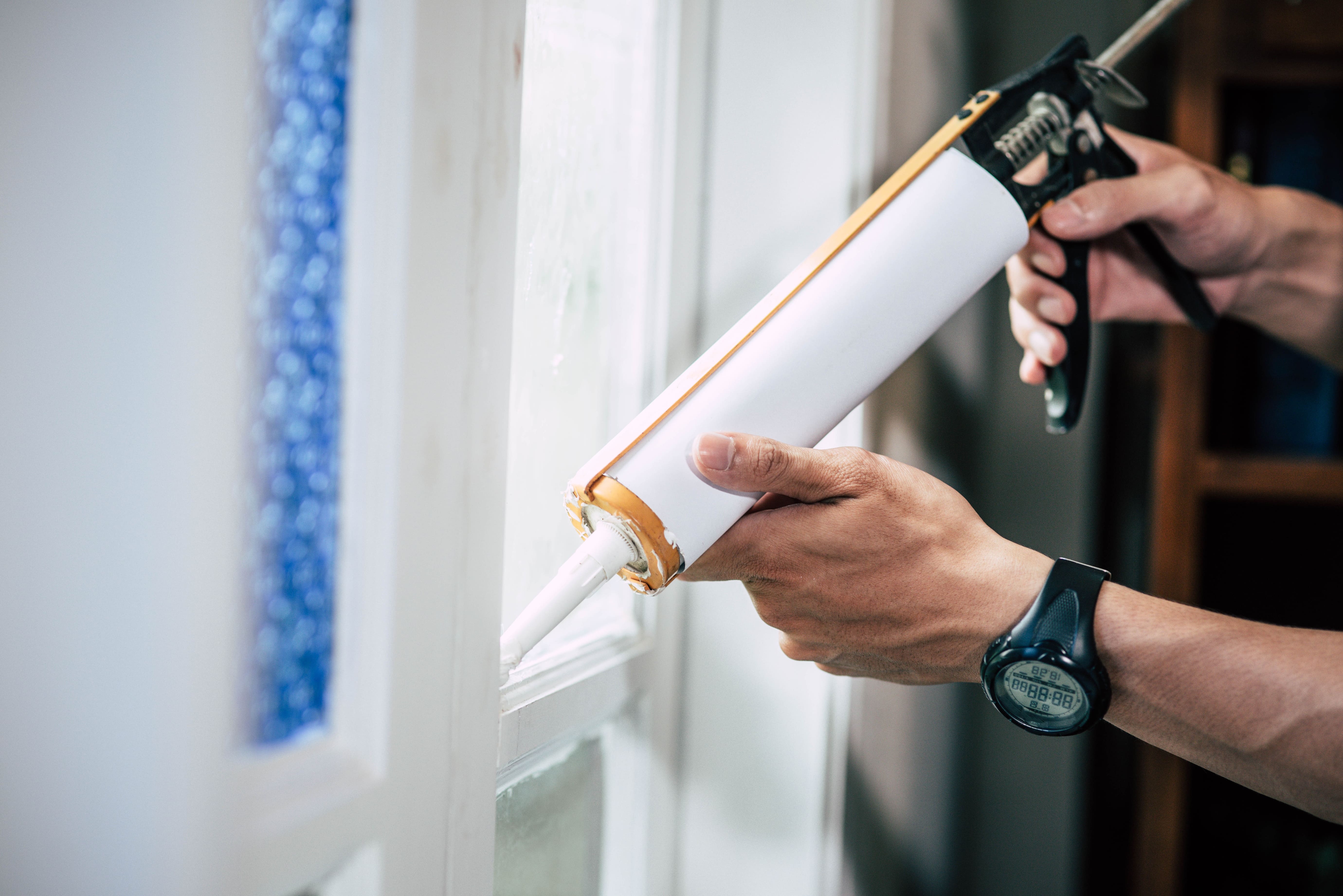
Caulking guns apply roof sealant to prevent leaks after drilling holes for mounting racks and solar panels.
Now that you know what equipment you need for installing solar panels, what's holding you back? Beyond benefiting from tax incentives, minimizing or eliminating your electricity bill, and decreasing your carbon footprint, saving thousands through DIY installation makes this project highly rewarding. Before you begin, however, it's crucial to understand what happens if you install solar panels without a permit, as proper permitting ensures your system meets safety codes and remains eligible for incentives.
Whether you're planning a residential solar design, exploring commercial solar installations, or considering off-grid solar system options, having the right tools is just the first step. You'll also need to navigate the solar permitting process and understand state-specific requirements, such as solar permits in Texas or California solar permit regulations.
Installing solar panels yourself is an achievable project that can lead to substantial savings while helping you transition to clean energy. With the right tools and proper preparation, you can successfully complete this installation in just a few weekends. The key to a smooth DIY solar installation lies in having all the necessary equipment ready before you begin, following safety protocols diligently, and taking your time to ensure quality workmanship.
Remember that proper planning, the right tools, and attention to detail will make the difference between a frustrating experience and a rewarding accomplishment. To avoid common mistakes when applying for solar permits, consider consulting with professionals about your design and permit documentation. Solar Permits Solutions offers comprehensive support for DIY installers navigating the permitting process. Once your system is up and running, you'll enjoy the benefits of reduced energy costs and the satisfaction of having completed a significant home improvement project with your own hands.
For more insights on sustainable building practices, check out resources from Green Building Advisor and stay updated on the latest solar innovations through CleanTechnica. Learn more about global energy initiatives and explore solar energy research to understand the broader impact of your renewable energy investment. For additional project ideas and ongoing updates about the latest in solar technology, visit our blog or contact our team for professional guidance on our services.
How long does it typically take to install solar panels as a DIY project?
A two-person team can generally complete a residential solar panel installation in one to three weekends, depending on the system size and complexity. The timeline varies based on your experience level, roof accessibility, and weather conditions. It's better to work at a comfortable pace and prioritize safety over speed. Allow extra time for unexpected challenges like identifying roof rafters or making adjustments to your layout.
Do I need specialized tools, or will standard home improvement tools work?
Most tools needed for solar panel installation are standard items you likely already own or can easily acquire from hardware stores. Basic hand tools like screwdrivers, pliers, hammers, and measuring equipment form the foundation of your toolkit. The few specialized items you'll need include an EMT conduit bender, fish tape, and possibly a solar panel hanger. These specialized tools are relatively inexpensive and widely available at hardware stores or online retailers.
What safety equipment is absolutely essential for DIY solar installation?
Safety should never be compromised during solar installation. Essential safety equipment includes a safety harness (for work at heights above six feet), ANSI Z87.1-approved safety glasses, work gloves, a safety helmet, and slip-resistant steel-toe boots. Since you'll be working on a roof with heavy panels and power tools, investing in quality safety gear is crucial. A sturdy, properly-sized ladder is also non-negotiable for safe roof access.
Can I use an impact driver to tighten the solar panel clamps?
No, you should not use an impact driver for tightening module clamps. Instead, use a torque driver with adjustable torque settings. Impact drivers can apply too much force, which may crack the solar panel glass and ruin expensive equipment. A torque driver allows you to apply the precise amount of pressure needed to secure panels safely without risking damage. This is one area where using the correct tool makes a significant difference.
The most common mistake is making multiple trips up and down the ladder because of poor planning and not having all necessary tools and materials on the roof before starting work. This wastes time and energy, and increases fall risk. Before ascending, create a checklist of everything you'll need and verify you have the correct drill bits, sockets, fasteners, sealant, and tools. Double-checking measurements and having a helper on the ground to pass up forgotten items can also prevent frustrating delays. To learn more about energy-efficient home improvements and sustainable practices, explore additional resources from trusted energy organizations.
We are dedicated to providing top-notch solar permit services to homeowners, business owners, DIY, and solar installers. Contact us today.